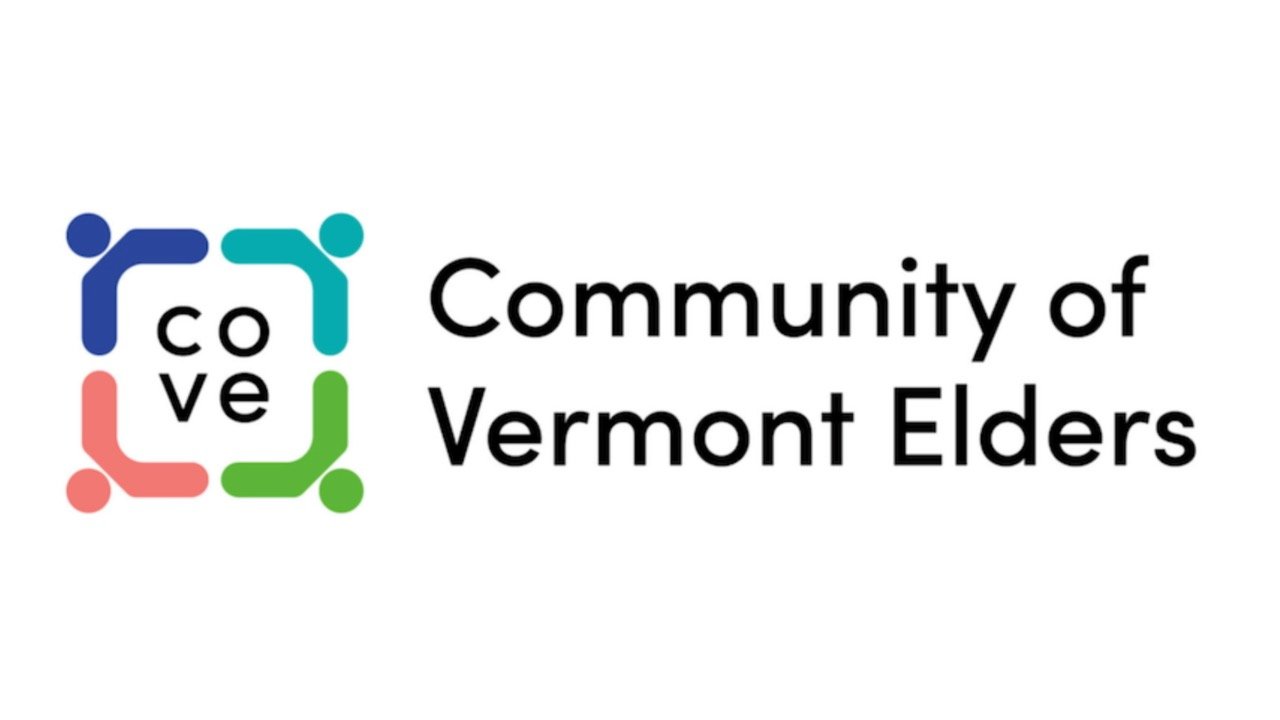Examples of Everyday Ageism
As with racism and many other forms of discrimination, ageism so deeply embedded in our culture that often we don’t even notice it’s there. But the language we use to refer to older people in casual conversation can be harmful and help perpetuate unfair stereotypes.
Here are some examples of ageist speech and behavior that are so common we might not even notice them:
• Telling a woman she’s “too old” to wear certain styles or outfits (particularly ones that are considered “sexy.”)
• "Anti-aging" products and services.
• Praising older people by comparing them to younger ones: "You look good for [your age]," "You're young at heart.” “Are you really that old? I thought you were at least 10 years younger.”
• Telling someone they’re “too old” to take part in a certain activity or event, or expressing surprise that they “still” skydive, run marathons, drive, etc.
• Describing minor forgetfulness as a "senior moment."
• Doctors, waiters, and others directing comments about an older person at a younger companion or child of the older person.
• Health care and social-service providers who patronize older people or who undertreat, overtreat or overmedicate them.
• Patronizing language (sweetie, dear, honey, he's so sweet, isn't she cute). Thinking older people doing things associated with younger people (mild cursing, having or referring to sex) is adorable or surprising.
• Name-calling: geezer, gramps, old fart, dirty old man, little old lady, old hag, biddy, old fogey.
• Lying about your age for fear of negative perceptions or staying "I’m turning 29 again" on your birthday.
• Assuming young people are computer geniuses and older people are technologically inept.
• Discussions of the "silver tsunami" that blame older people for economic and social challenges.

